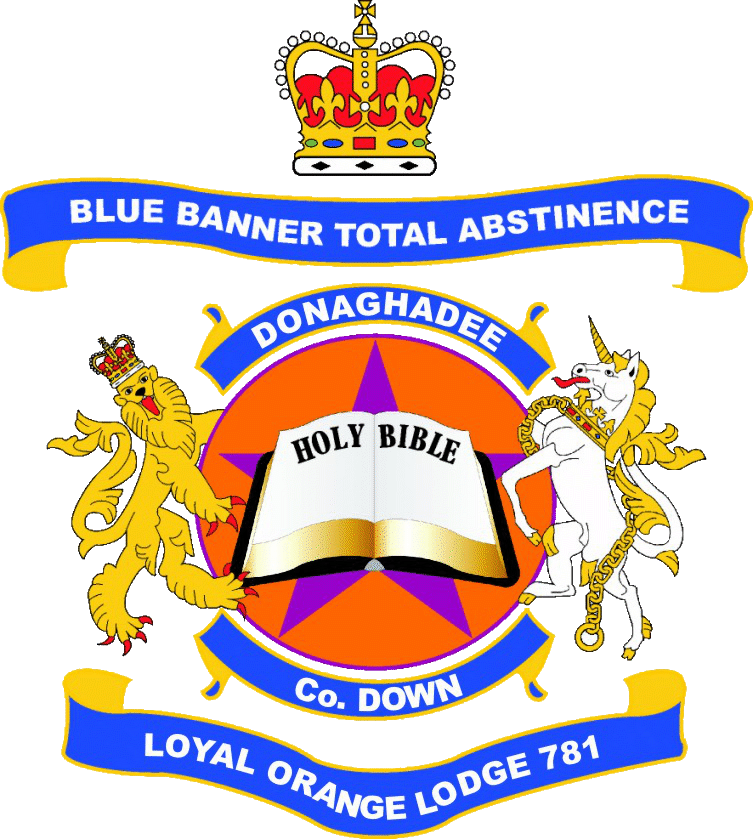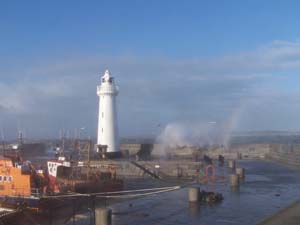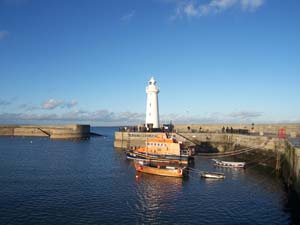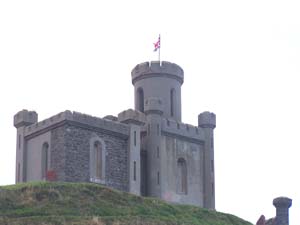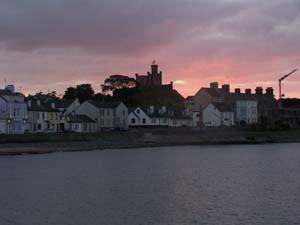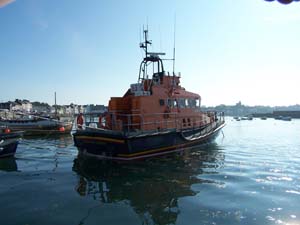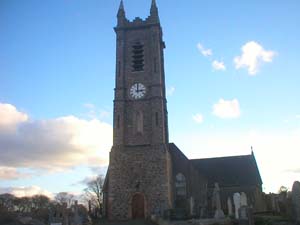Donaghadee
Donaghadee is a small town on the north east coast of County Down in Northern Ireland. It is a town blessed with a rich history which has played a part in some of the significant events in Irish history. The earth mound known locally as The Moat was built by the Normans as a place of settlement and protection, the building on the top was a much later addition built in 1818 to provide a store for the explosives which were to be used during the building of the current harbour, the foundation stone of which was laid on 1st August 1821 by the Marquis of Downshire.
Donaghadee was one of the most important ports in Ireland for many years, a harbour was built in 1626 by Viscount Montgomery and maintained as a result of a Royal Warrant of 1616 which limited travel between the Ards and the Rhins of Galloway to the ports of Donaghadee and Portpatrick 22 miles away. This meant that a lot of the settlers who came to Ulster during what is known as The Plantation of Ulster which began in 1610 would have landed at Donaghadee.
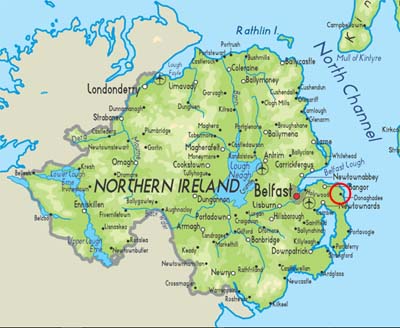 Map showing Donaghadee on Northern Ireland's east coast.
Map showing Donaghadee on Northern Ireland's east coast.
In 1689 Protestant landowners set up military associations after King James II had catholicised the administration in Ireland. These associations were defeated at Dromore and many Protestants fled to Donaghadee seeking passage to Scotland, these refugees included some experienced soldiers who formed an ad hoc militia under the command of a Captain Henry Hunter. This militia had some success against the Jacobites and beat them back as far as Downpatrick but were eventually defeated at Killyleagh when King James II sent the very experienced Colonel Buchan and his Dragoons north to face the Protestant militia who were once more pursued to Donaghadee where some were conveyed to safety in Scotland. There is still a street in Donaghadee called Hunters Lane which may be named after this little known hero.
During the 1798 Rebellion one of the rebel United Irishmens objectives was to capture the important port of Donaghadee, they achieved this quite easily as most of the regular soldiers and local yeomanry had left the area to go to defend Belfast against insurrection. Many men from Donaghadee participated in the Rebellion on both the loyalist and republican sides, interestingly most of the rebels in Co. Down would have been from the Presbyterian community.
Donaghadee also played a major role in the Home Rule Crisis when on the night of the 24/25th April 1914 the then recently formed Ulster Volunteer Force landed guns on Donaghadee harbour to help in their aim of resisting Home Rule being given to the Irish Parliament in Dublin. James Craig the first Prime Minister of Northern Ireland, whose Grandfather is buried in the Parish Churchyard in Donaghadee, commanded the operations at Donaghadee.
Donaghadee as a town remained mainly unaffected by The Troubles although many of it's residents lost loved ones as a result of the terror campaigns launched by republican terrorists. The town still has a strong Orange culture with two Orange Halls, Four Orange Lodges, one Royal Black Preceptory, Harbour Star Accordion Band and Flutes and Drums and Rising Sons of Down Flute Bands.
This is just a small slice of the towns history and the part it has played in events still remembered by the people of Northern Ireland and further afield.
Below: views of Donaghadee Harbour, the Moat, Donaghadee Lifeboat and Donaghadee Parish Church
